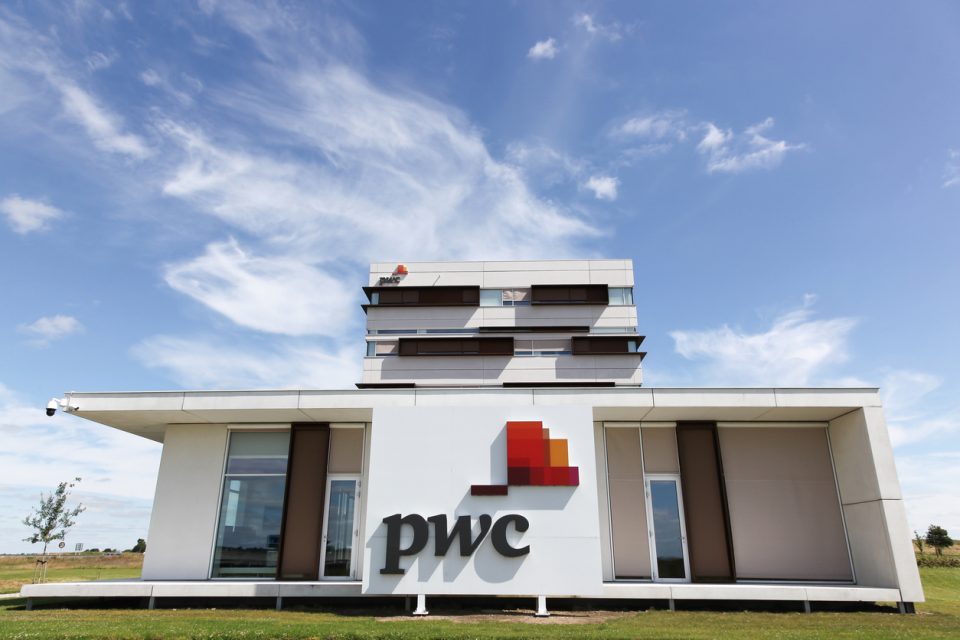The global market in drone-powered solutions for the power and utilities industries is worth as much as US$9.46 billion a year, PwC estimates in a new report that illustrates how creative uses of unmanned aerial vehicles are disrupting the way companies build, operate and maintain their networks.
A flamethrowing drone used to clear rubbish from power lines is one of the more dramatic examples of innovative uses for unmanned aerial vehicles found in ‘Clarity from above: Leveraging drone technologies to secure utilities systems’, from PwC’s global Drone Powered Solutions team. More prosaic applications range from geospatial surveys in pre-investment planning, through monitoring of the construction process and managing assets, to proactively dealing with threats such as overgrown vegetation.
Global power transmission networks are forecast to increase to 6.8 million circuit kilometres in 2020, up 15% from the 2016 level, as energy production is reshaped by the rise of renewables, and demand grows in emerging markets such as China and India. Regulators are increasingly concerned about reliability, offering incentives to reduce outages and penalties for downtime. Every year the sector loses US$169 billion due to energy network failures and forced shutdowns.
“The power and utilities sector faces numerous new challenges as it stands on the threshold of a digital revolution,” said Drone Powered Solutions Partner Michał Mazur. “Pressure to shift to renewables from fossil fuels, while reducing prices, is forcing companies to look for new ways to stay profitable. As companies reinvent their business models, drones are helping increase the reliability of energy production, transmission and distribution.”
The latest report in PwC’s ‘Clarity from above’ series includes stories of how creative utilities managers around the world are turning to drones to solve some of the industry’s most intractable problems, increasing both reliability and worker safety. For example, in most countries monitoring vegetation growth and trimming trees near power lines is the single biggest maintenance cost for power companies. Drones can make the trimming process more efficient, as well as providing data that helps predict and avoid damage from falling trees.
“Applying drone technologies to capture a variety of data on power plants, electrical substations or power lines is becoming a change driver for the entire power and utilities industry,” said Massimo Pellegrino, a PwC partner who contributed to the report. “Not only can drones gather standardised, tangible data in a more efficient way than people located on the ground, but also, unlike manned aerial vehicles, they can do it without risking human life.”
Water utilities are also finding that drones can be more useful than satellites in the process of monitoring water quality. PwC’s Geospatial.App software allows the integration, presentation and management of mapping data gathered by drones equipped with visual, infrared and other cameras, which is useful in areas including monitoring the process of infrastructure construction, tracking the need for maintenance and assessing damage after natural or man-made disasters.
Today’s report is the third in the ‘Clarity from above’ series. The first, released in May 2016, looked at the overall global market for applications of drone technology, estimating its value at more than $127 billion. The second report found a US$45 billion market for applications in the transport infrastructure sector.
“To remain competitive on the market, and stay current in the changing business ecosystem which is being challenged by new technologies, companies from the power and utilities sector need to broaden their horizons,” said Norbert Schwieters, PwC’s Global Power and Utilities Leader. “They need to perceive new technologies, such as drones, as opportunities to increase effectiveness, reduce costs and improve internal processes.”

